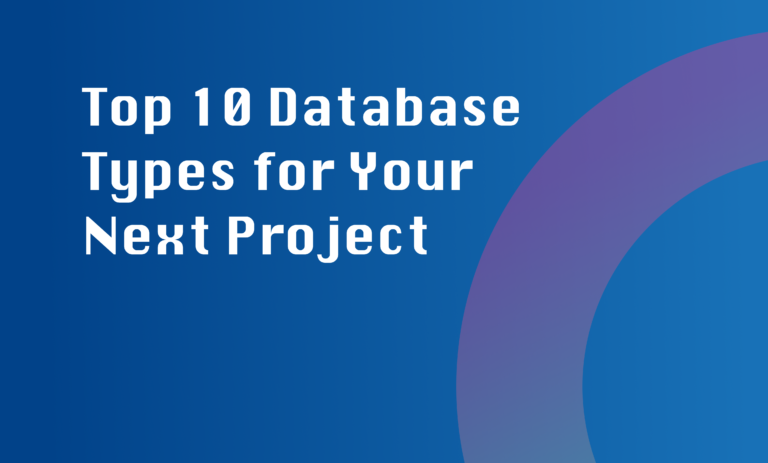Full Stack Developers have a comprehensive understanding of the entire software development process, and they utilize their knowledge and skills to handle database design and management with proficiency. Here’s how they approach this task: 1. Planning and Requirements Gathering: Full Stack Developers begin by gathering requirements and understanding the project’s goals and objectives. They work closely with stakeholders to determine the appropriate database structure and functionality. 2. Database Design: Based on the project requirements, Full Stack Developers create a database schema or model, which includes defining tables, establishing relationships between tables, and setting up primary and foreign keys. 3. Database Creation and Configuration: Once the design is finalized, Full Stack Developers create the database using the chosen database management system (DBMS) such as MySQL, PostgreSQL, or MongoDB. They configure the necessary settings and optimize the database for efficient performance. 4. Data Persistence and CRUD Operations: Full Stack Developers implement data persistence by writing queries and code to perform CRUD (Create, Read, Update, Delete) operations on
